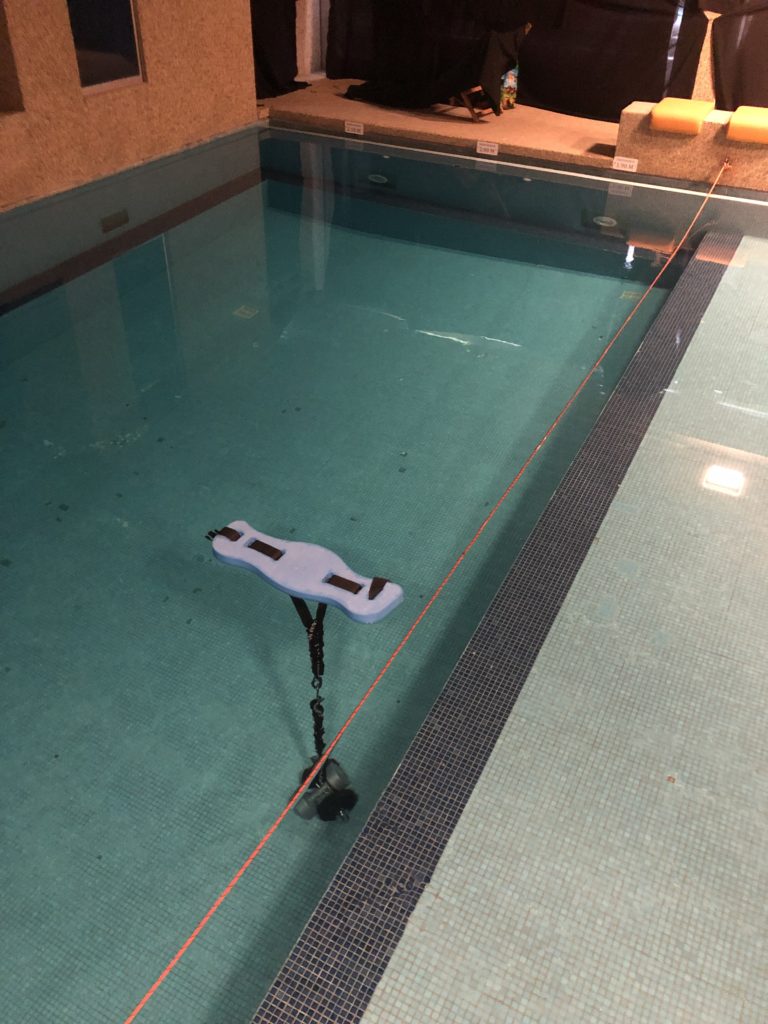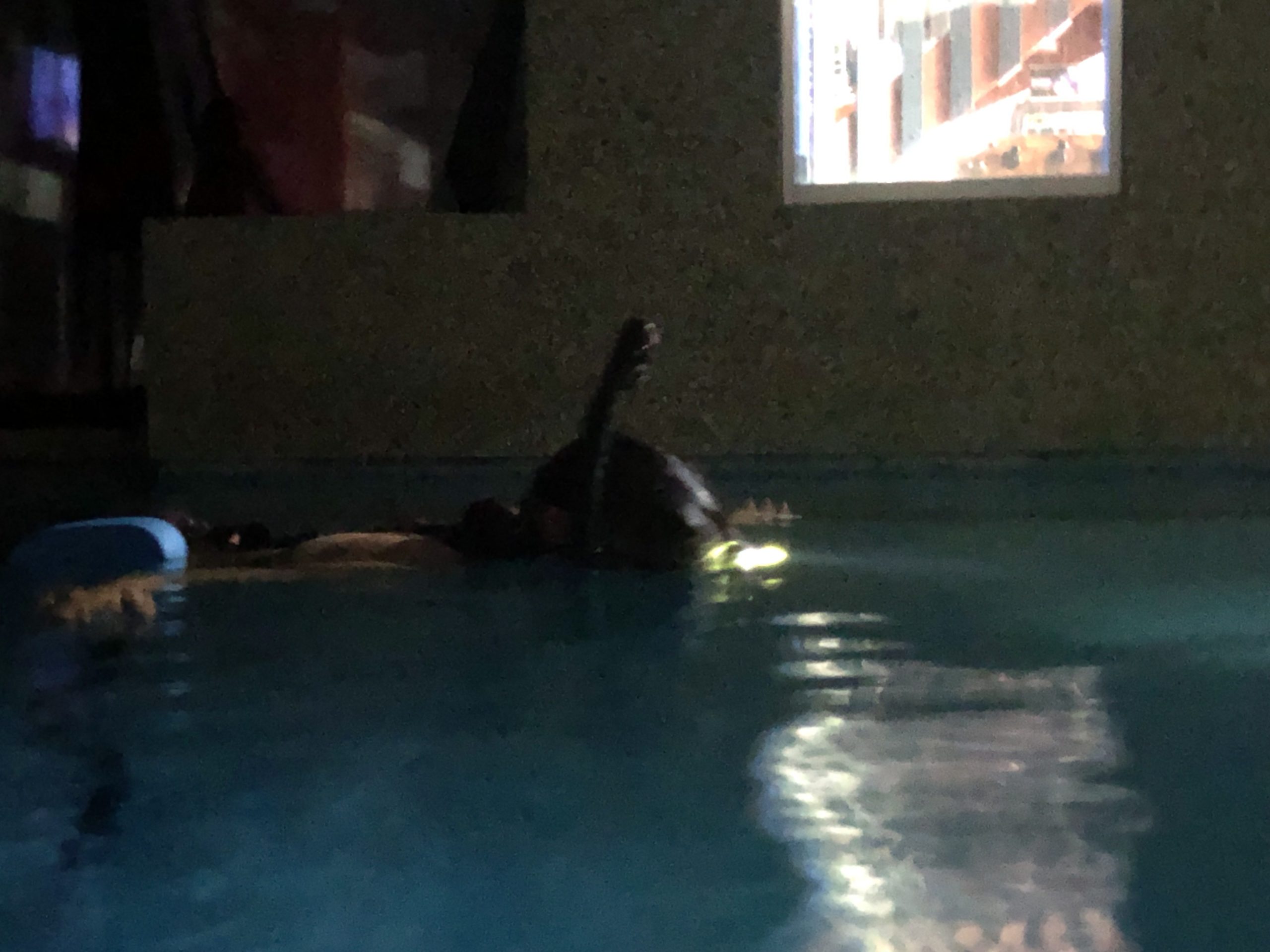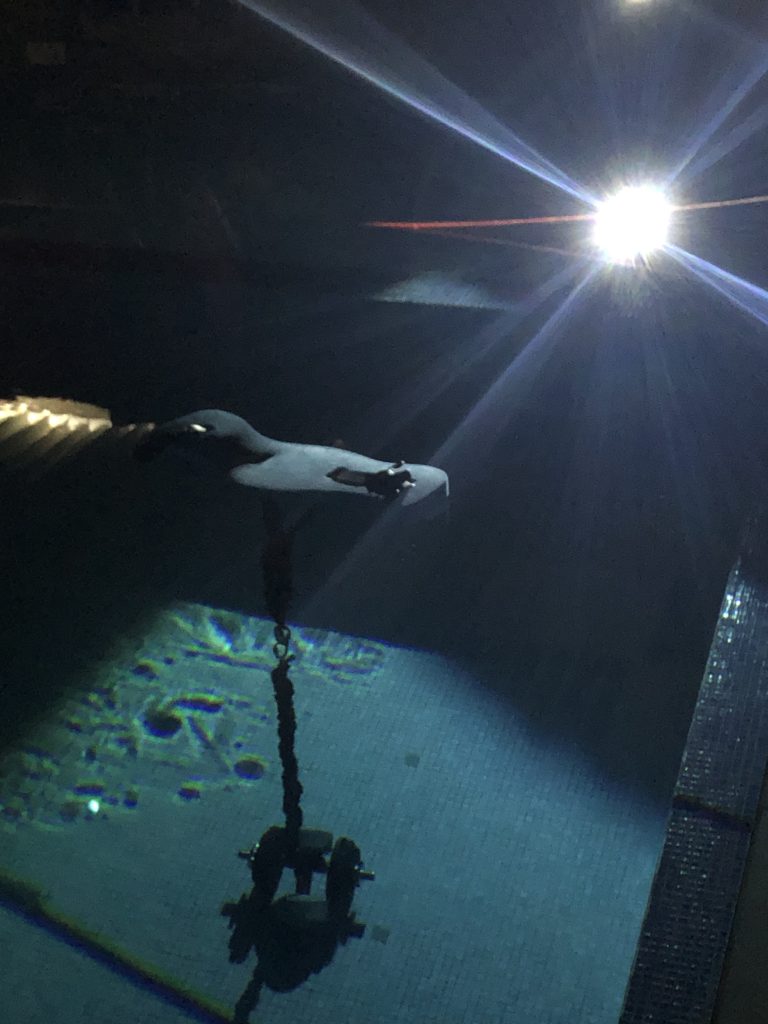Apple Vision Pro Stagnation
People want us to see the Apple Vision Pro VR kit as revolutionary but it isn’t, for a simple reason. Several years ago I was going to the World VR conference and loved playing with various VR kits but they almost all had the same problem. They cost an arm and a leg to buy.
The HTC Vive was an alluring device because of how well it worked and how good it felt but it was made unreachable by its price. The same was true of the Oculus devices, except for the Oculus Quest 3. This had the best price of all. It came with a cost. The Facebook environment. If Facebook can mind duck us(intentional spelling) in two dimensions then imagine how much worse it will be in AR.
The Apple Vision Pro has the same problem as all the others. It will cost 3600 USD or more. This is too expensive. It’s yet another VR device that is pricing itself out of the market for normal people.
VR is a fantastic medium and I love using it, but it’s far too expensive. In some cases you need to spend 800 CHF on a phone, and then yet more on the headset adaptor to wear the phone within the VR headset.
For VR, AR and XR to be interesting they need to be made affordable. They need to cost 200-300 francs, like the Oculus Quest 3, but without being within the Facebook ecosystem. I would have bought the Oculus Quest 3 a few years ago, if it was independent, rather than owned by Facebook.
In a few months, when Apple Vision Pro start selling we will hear the evangelists sing praise for the device but they’re singing praise because they’re among the privilieged few, either to have access through their job, or with the financial situation to spend thousands of CHF on a headset.
And Finally
Some people hate VR and AR because they feel that it isolates people. Others hate AR and VR because it makes them feel sick. Yet more people think that wearing a headset will cut people off from their environment. I see the appeal in AR/VR and XR. What bothers me is that every company makes it unaffordable.
For VR content and games to become more popular AR/VR and XR need to be affordable. Apple, HTC Vive and Occulus aim for the unaffordable portion of the market. We need something affordable. Apple would be revolutionary if it made things affordable, rather than for the wealthy. VR has been around for decades, and it is still priced out of peoples’ reach.







